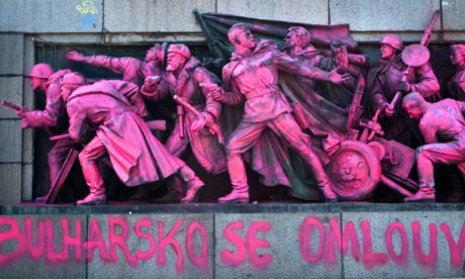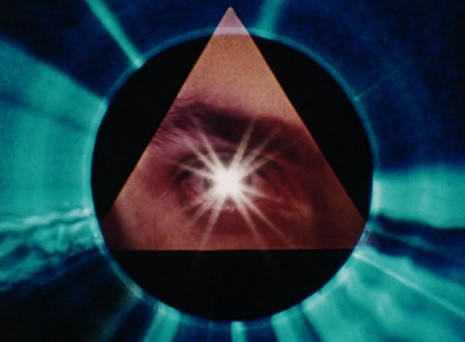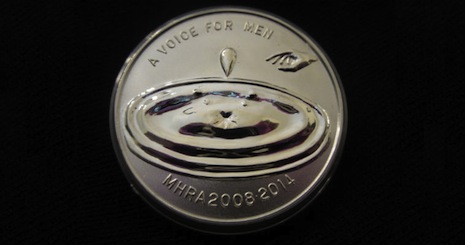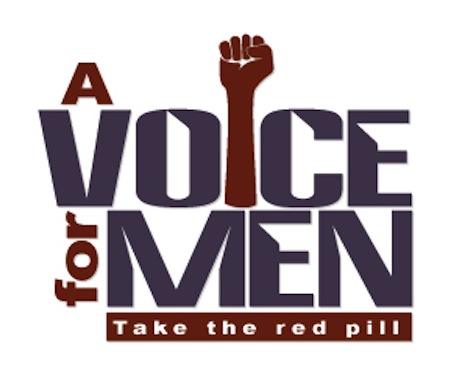
This morning Parisians awoke to find Paul McCarthy’s controversial sculpture “Tree” looking like a discarded giant prophylactic after it was deflated by vandals at the Place Vendôme, Paris, during the night.
Since its installation the art work has divided opinion with many Parisians outraged by the 80 foot sculpture’s similarity to an… er… adult novelty item. Well, it now turns out that “Tree” was indeed inspired by that very item as artist McCarthy told Le Monde newspaper that “It all started as a joke.”
“...I realised it resembled a Christmas tree, but it is an abstract work. People can be offended if they want to think of it as a plug, but for me it is more of an abstraction.”
The “abstraction” was lost on some Parisians with one irate passerby slapping the 69-year-old artist in the face and shouting:
“You’re not French and this has no place in the square.”
McCarthy was allegedly dazed but unhurt by the assault and asked:
“Does this sort of thing happen often in Paris?”
The sculpture was specially created by the artist for Paris’s International Contemporary Art Fair (FIAC) that is being held in the city between 23rd-26th October. McCarthy’s previous work includes an enormous Santa Claus with what some critics claim is an unfeasibly large implement in his hand and a sculpture of former US President George W Bush getting intimate with pigs.
In the early hours of Saturday morning, vandals climbed the metal fence surrounding the giant sculpture before cutting the power supply that pumped air into the inflatable and slashing the tether that kept it upright.
According to the Daily Telegraph, McCarthy said he did not want the sculpture re-inflated or repaired. However, the paper also reported that organisers at FIAC said the sculpture would be “re-installed” as soon as possible. Now, that sounds painful…
#PlaceVendome ; on dégonfle Paul McCarthy. Commande décommandée. #FIAC pic.twitter.com/vD8kkq63my
— Marie Verstraeten (@MaVerstraeten) October 18, 2014
Via the Daily Telegraph


























